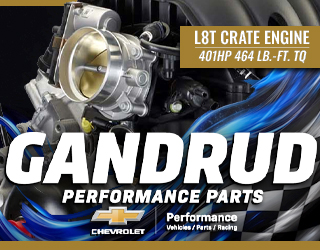Builds

Are you tired of excessive temperatures, road noise, and vibrations keeping you from enjoying your driving experience? Maybe you’re considering insulating your vehicle, but don’t know where to start. No need to worry. HushMat has you covered with over 374,000 (and growing) vehicle specific kits. HushMat’s custom kits make cars, trucks, boats, RV’s, buses, appliances, HVAC equipment, and even home theater systems more quiet and comfortable.
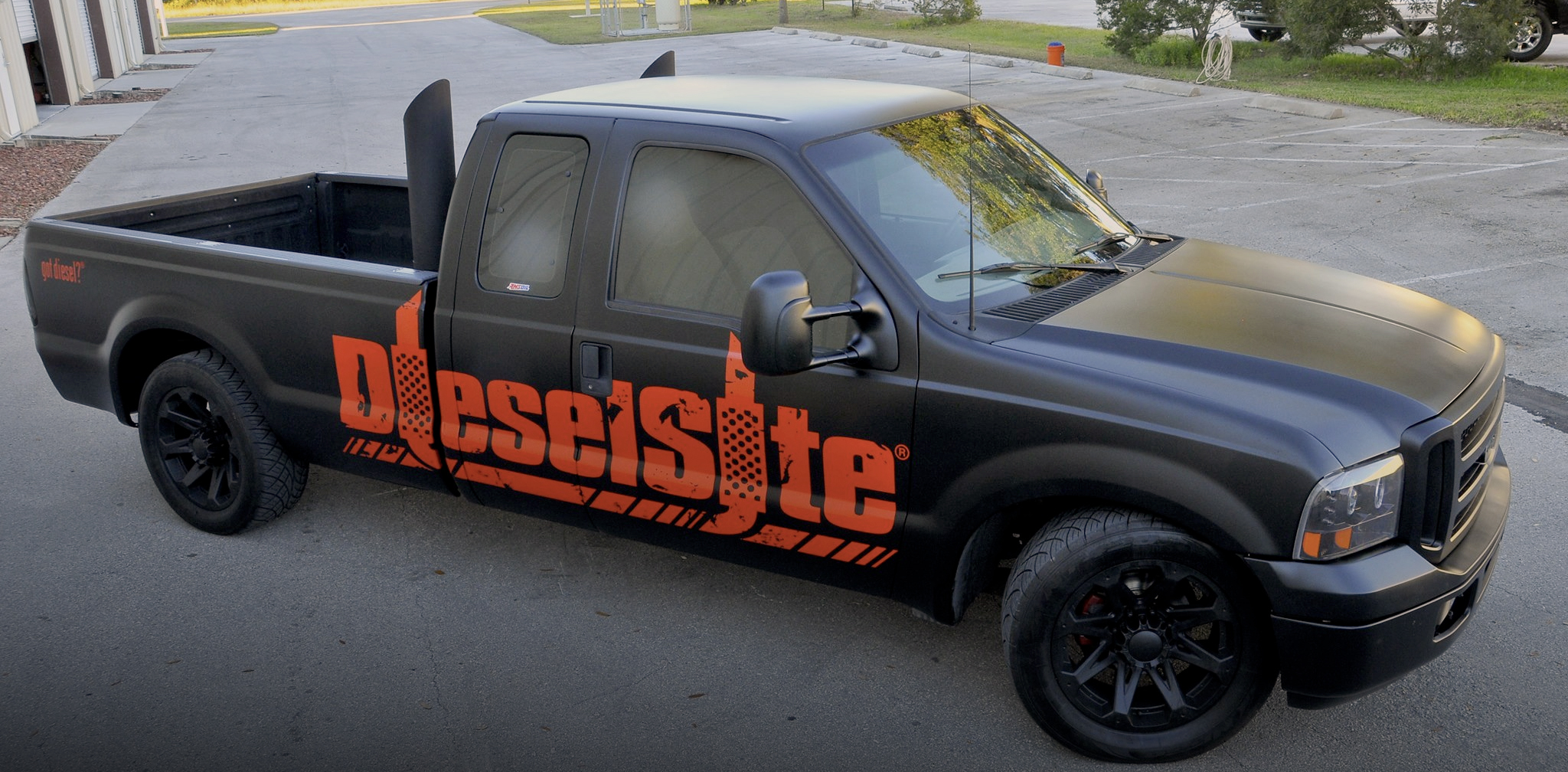
Built with a custom Wicked Wheel® 2 performance billet compressor wheel and a Turbo-Master™ mechanical wastegate controller, this upgraded turbocharger guarantees enhanced power and responsiveness. The center section boasts a journal bearing support system with a 360° thrust washer, enabling it to handle higher boost levels. Additionally, the turbocharger is fully rebuildable, ensuring longevity and allowing for future maintenance and upgrades.
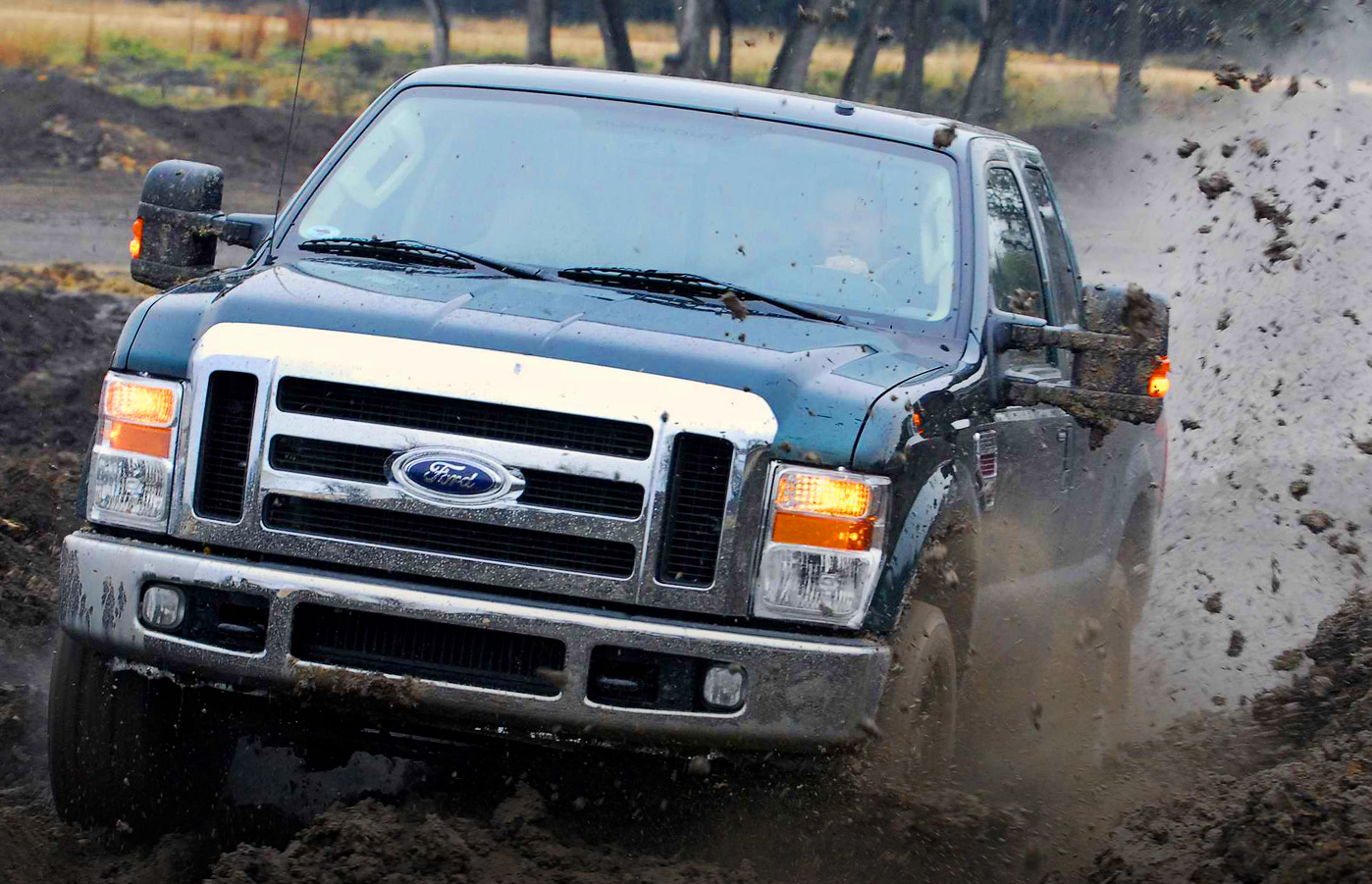
The original equipment (OE) Ford water pump utilized a plastic impeller that was prone to cracking and breaking off the hub, leading to costly repairs. In response to this common problem, DieselSite has developed a lightweight yet sturdy alternative. Crafted from a billet aluminum alloy, the new water pump ensures exceptional durability, providing peace of mind and protection against impeller failure.
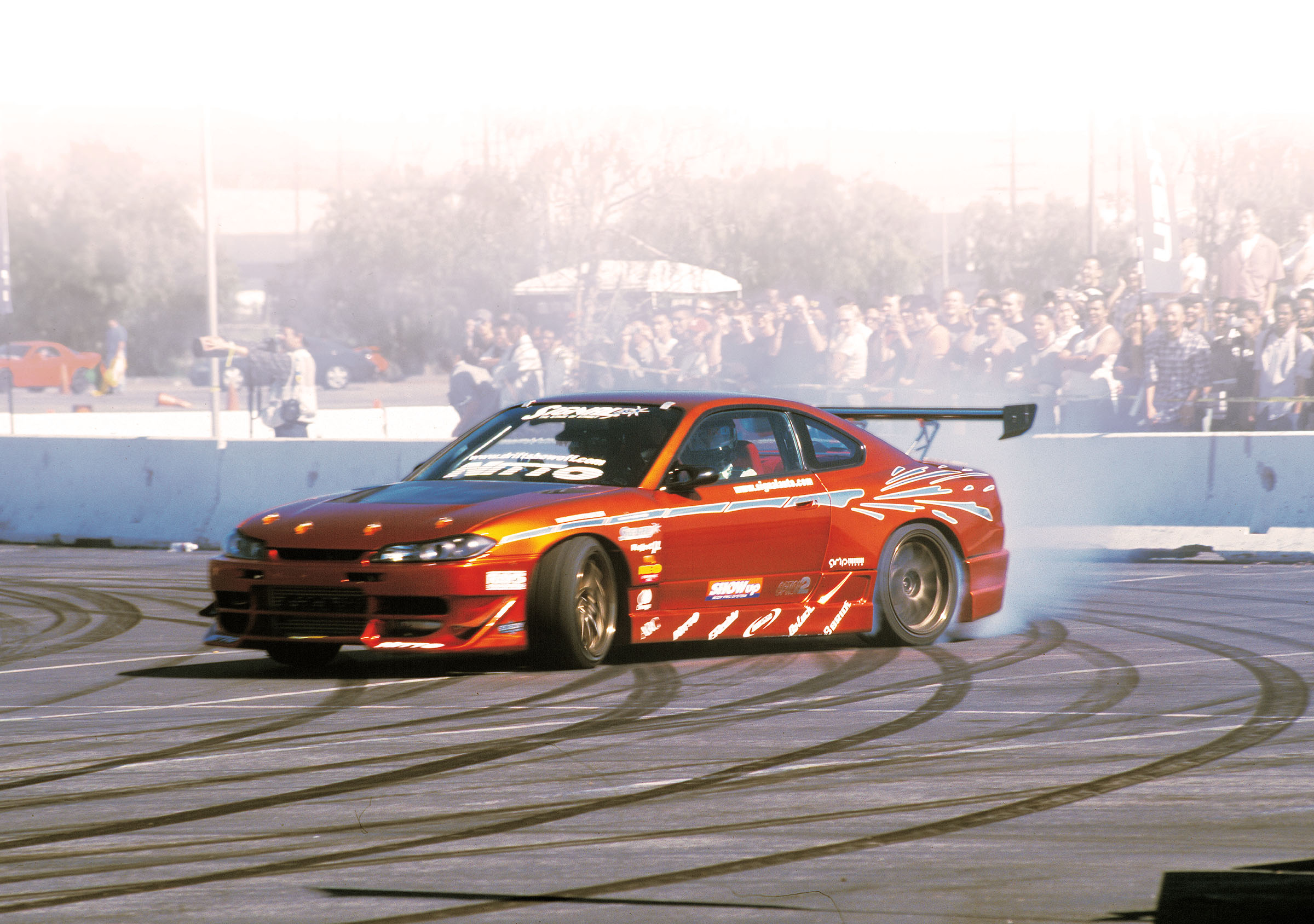
THE FALKEN Tire Drift Showoff was a hit, to say the least. The event was held at Irwindale Motor Speedway on a beautiful, sunny afternoon. Thousands of people attended, which goes to show the outstanding marketing job that Falken Tire is doing to help make a difference in the tuner car movement. The company took it upon itself to give us a taste of what the Japanese market has been enjoying for so many years. Among the thousands of spectators, a healthy number of show cars showed up as well—and why wouldn’t they? This was an Import Showoff event, but this car show was a bit different from the norm. It was a JDM versus DTM show. In other words, Japanese against Euro. The cars that came out were very hot, with enough JDM and DTM on hand to kill you. All the heavy hitters and the big crews such as Team Hybrid, Flux, Tuningwerks Competition and Art-N-Motion came out to show their stuff. While this was a huge attraction, it was far from the main one.
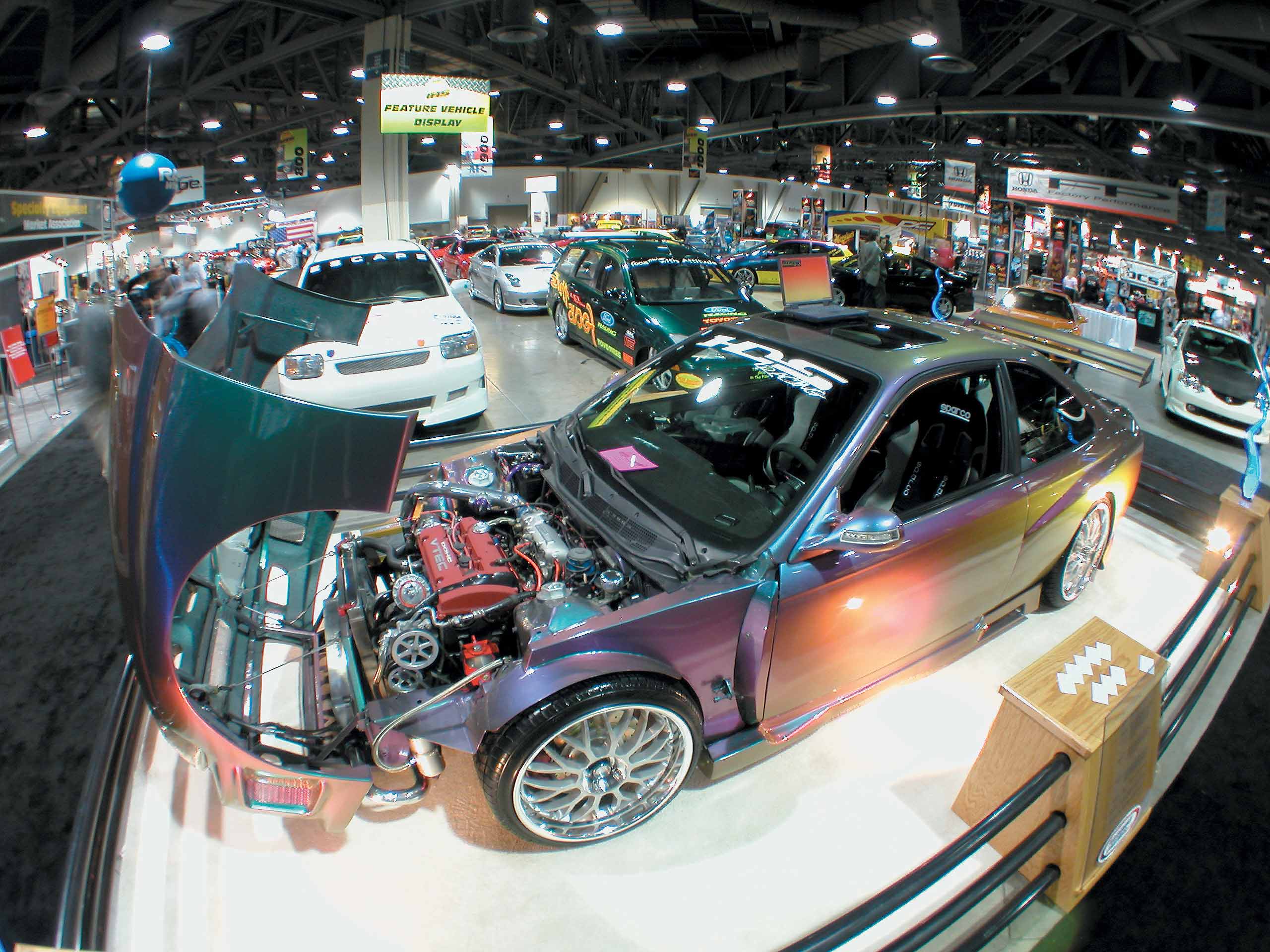
WHAT DO YOU do when you have one of the hottest show cars in the country and need something to take you to the next level? What do you do if you have a very nice modified car, but want something more? How about a true show display setup? We have talked to a number of people in the industry, including some of the most qualified judging sanctioning bodies, and they have given us plenty of insight into what’s hot and what’s not in the world of show car displays.
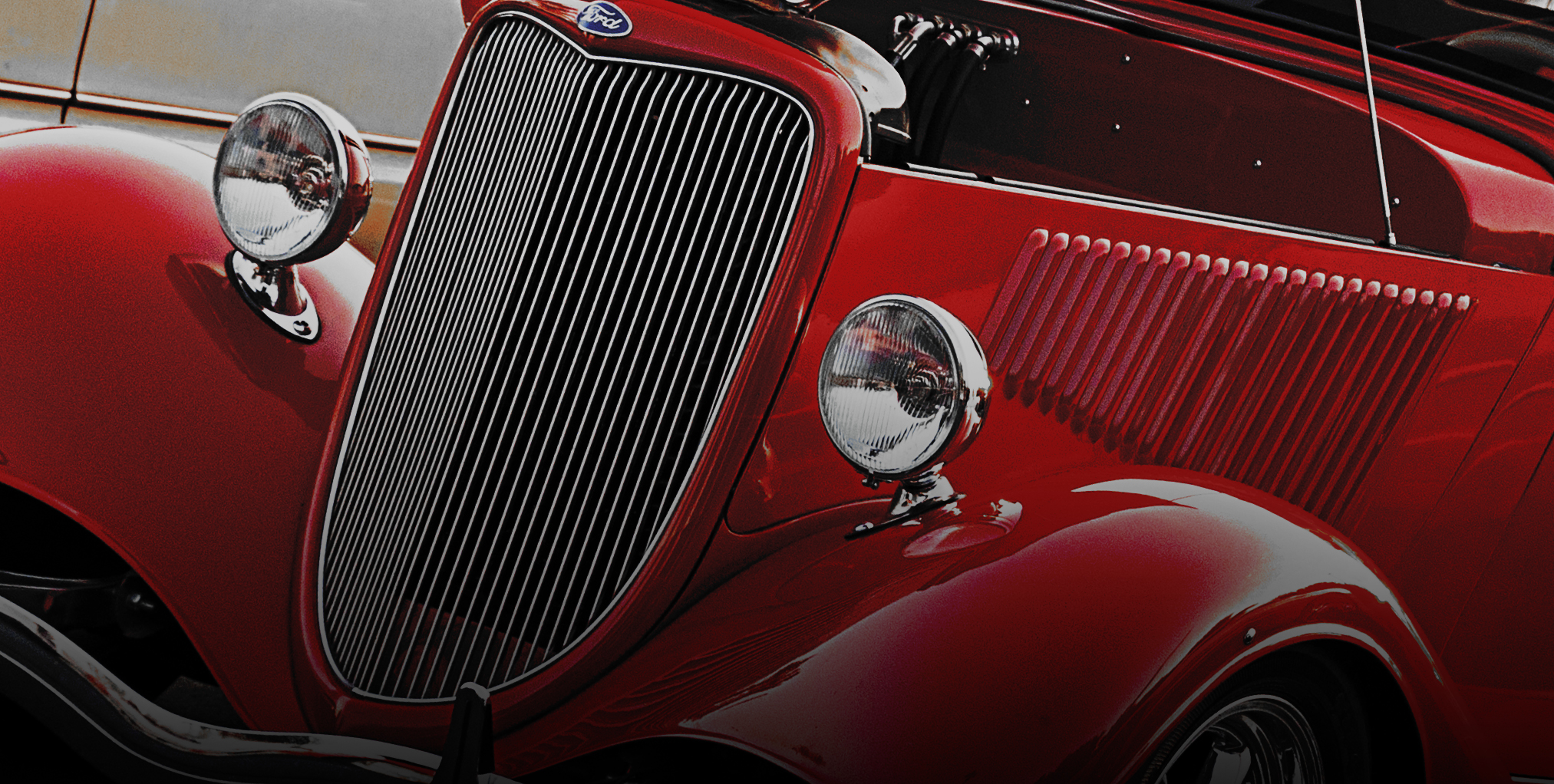
The hot rod and street rodding world lost another pioneer this week when Chuck Lombardo, founder and operator of California Street Rods passed away.

Many believe that the ’70 Chevelle is the best-looking muscle car ever built. The new bulges on the sides give the car a meaner appearance, and this was the first time that a mid-size car could be ordered with a cowl-induction hood and stripes on the hood and trunk.
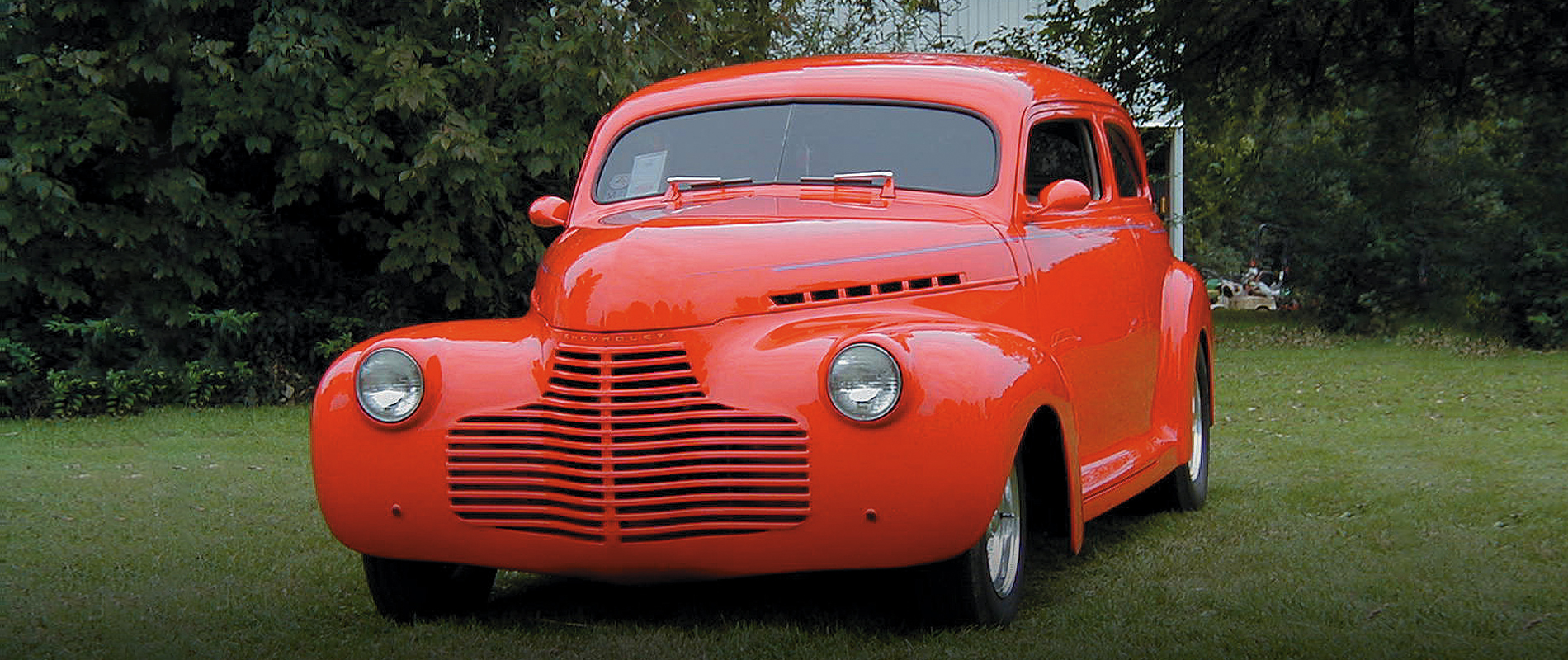
When Bob Naudascher hauled home his self-described rust bucket, it was far from show quality. The typical oxidation process had taken its toll on the car with the floors and lower extremities of the body requiring replacement. After repairing the considerable rust and getting the body structurally sound with all panel gaps fitting perfectly, Naudascher had Jack Consonza and Carl Chuppa drop the top on the sedan two inches. In the process, the front vent windows were eliminated. While the sheetmetal was being moved, front fenders were molded, the headlights frenched and the hood was filled and shaved of all trim. The stock grille remains but has been relieved of all stainless steel in favor of a monochromatic approach.
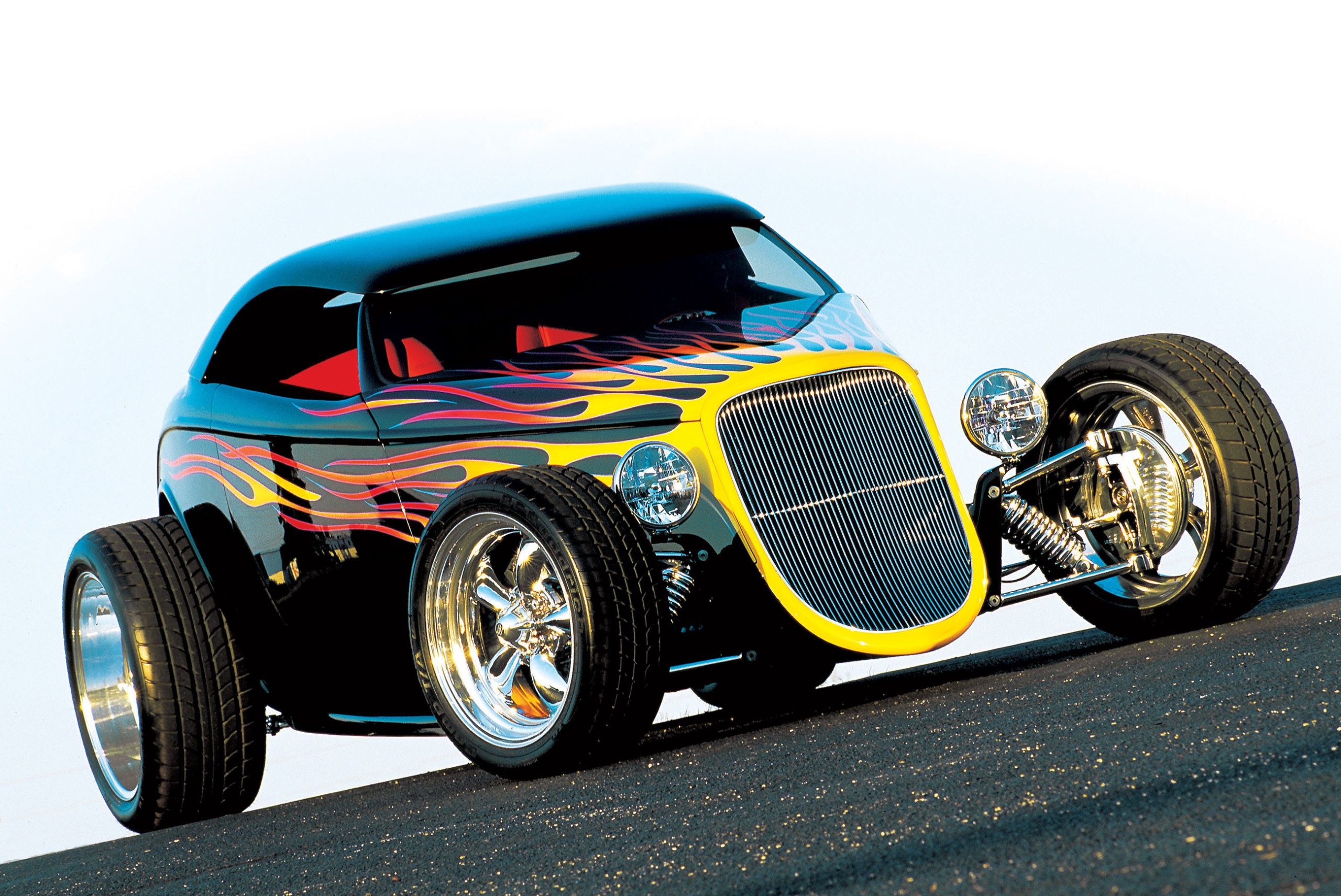
Alloway has built a lengthy succession of exciting cars, each with its own style, and all with a level of detailing that is a trademark of Alloway’s creations. This kind of finish work has earned him the coveted Ridler Award, along with every honor and title that one could garner from this hobby.

Hardcore rodders have a history of searching for vintage tin, even though the number of old cars (and trucks) sitting behind barn doors, in fields, under tarps and alongside garages has dwindled as interest has increased. This steady decline of available vintage steel is the very reason why so many businesses presently produce fiberglass and steel reproduction bodies and body parts.





